
Photography as an invention, despite not having a long history compared to other art forms such as painting, has a history that is not only interesting to learn about but very fascinating to think about. Photography’s history is so intertwined with the devices that define it that a camera museum would not only be a museum of devices but a museum of historical artifacts of a thriving art form. So, into the Galleria we go.
Into the Galleria
Galleria Taal is the first and currently only camera museum in the Philippines. A collection personally curated by Sir Emmanuel “Manny” Inumerable, the museum features and showcases cameras hailing back from the late 1800s to cameras released at the dawn of the new millennium. It also showcases photos documenting the history of the Philippines from pre-Japanese occupation Manila to the Martial Law era and the EDSA Revolution.
The museum resides in the ancestral home of Sir Manny, the former home of Domingo Ilagan, Maria Martinez-Ilagan and their six children which was built in 1870. As the great grandson of Domingo and Maria, grandchild of Candida; the third child, Sir Manny opened their ancestral home to the public which has gone through a thorough restoration to the Camera Museum we know and love today.
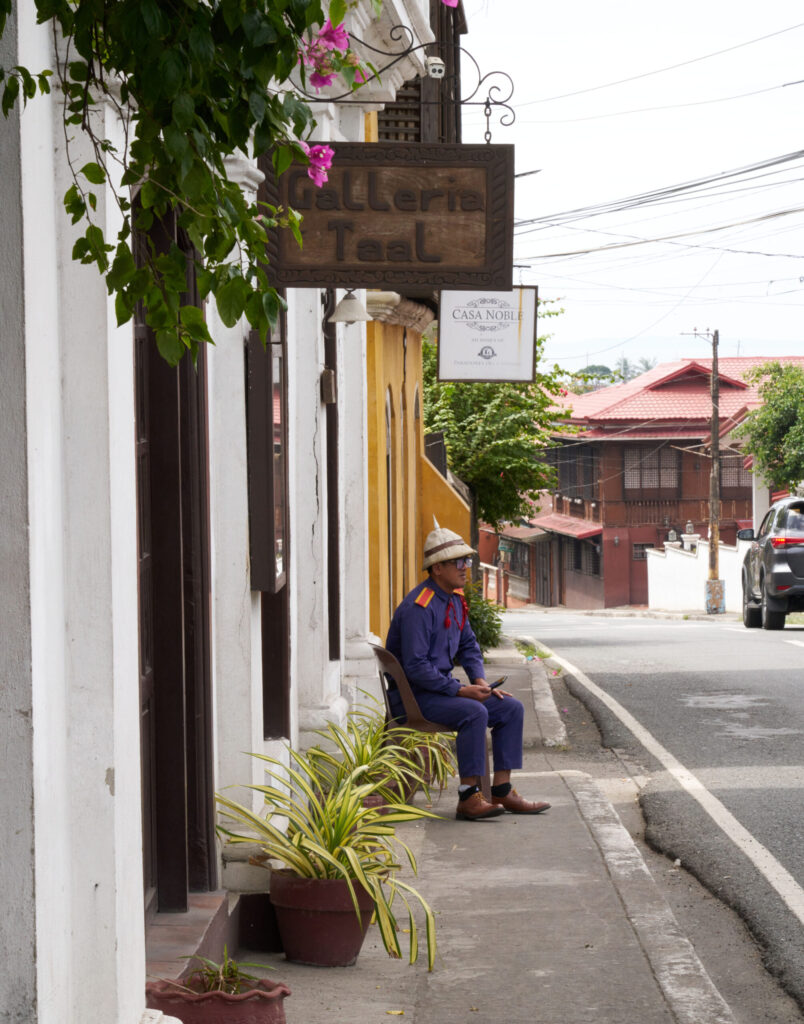
The Galleria is also home to a cafe and restaurant where museum-goers can have a snack, a meal, or a cup of the Batangas special “kapeng barako” after touring the museum.

The first time I went to Galleria Taal was during a field trip during my Senior High School days. Back then, I was studying to be a health professional though I had a huge interest in cameras due to being a huge cinephile. While my classmates were taking pictures of each other in the picturesque interiors of the museum, I was busy looking at what the museum had to offer and also taking pictures of my classmates. Hey, even I couldn’t resist taking pictures of them in the museum. Anyways, Galleria Taal has been one of the museums that I genuinely enjoyed being in and, when the opportunity arose to visit again, I took the chance to go to the museum.
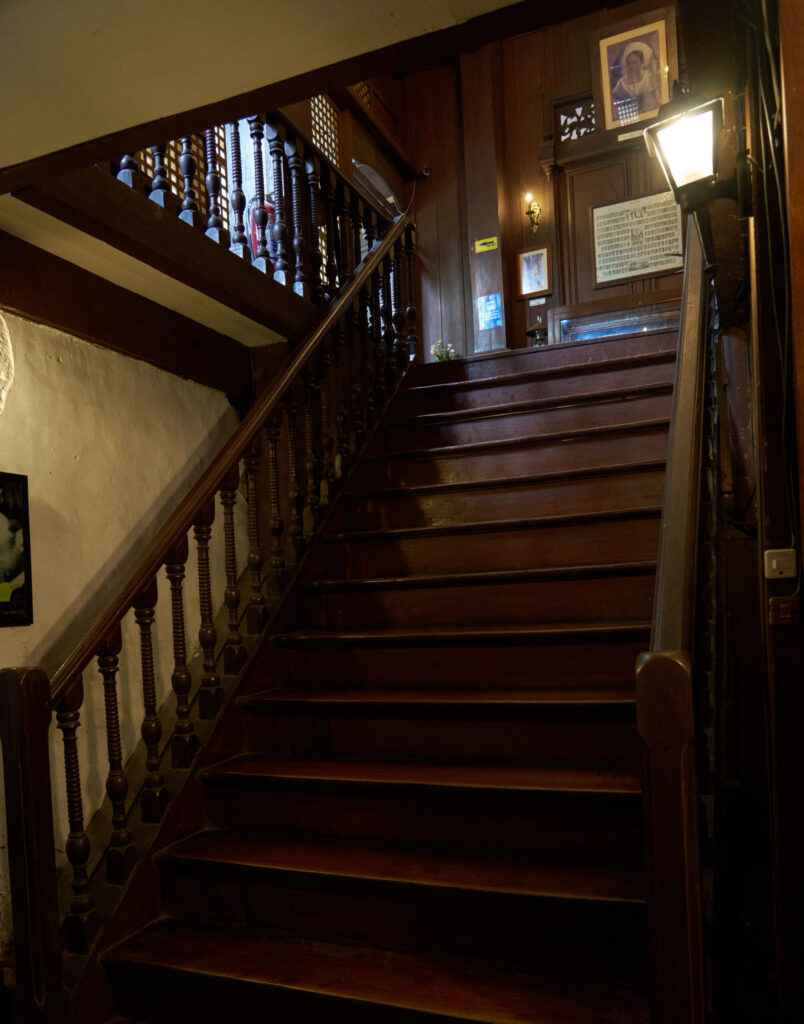
The museum holds multiple vintage cameras from Leica to Nikon. It features Single Lens Reflex Cameras and Twin Lens Reflex Cameras. It features cameras from yesteryear to the cameras of the new millennium. It is truly a haven for camera enthusiasts everywhere.
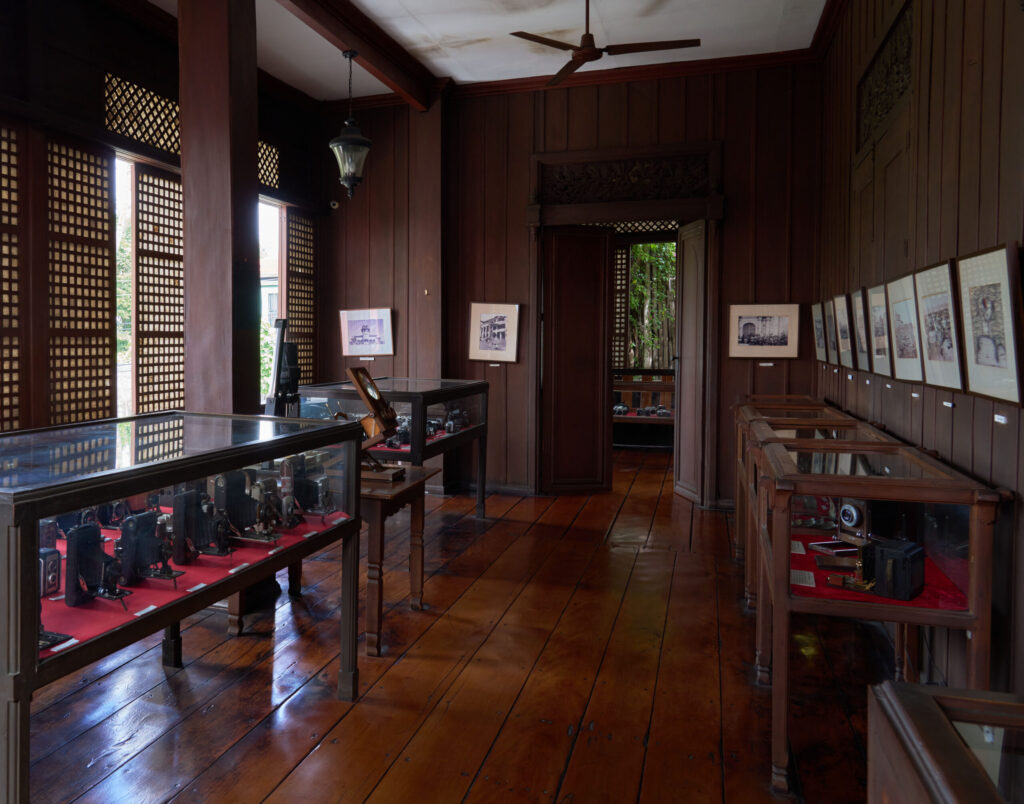
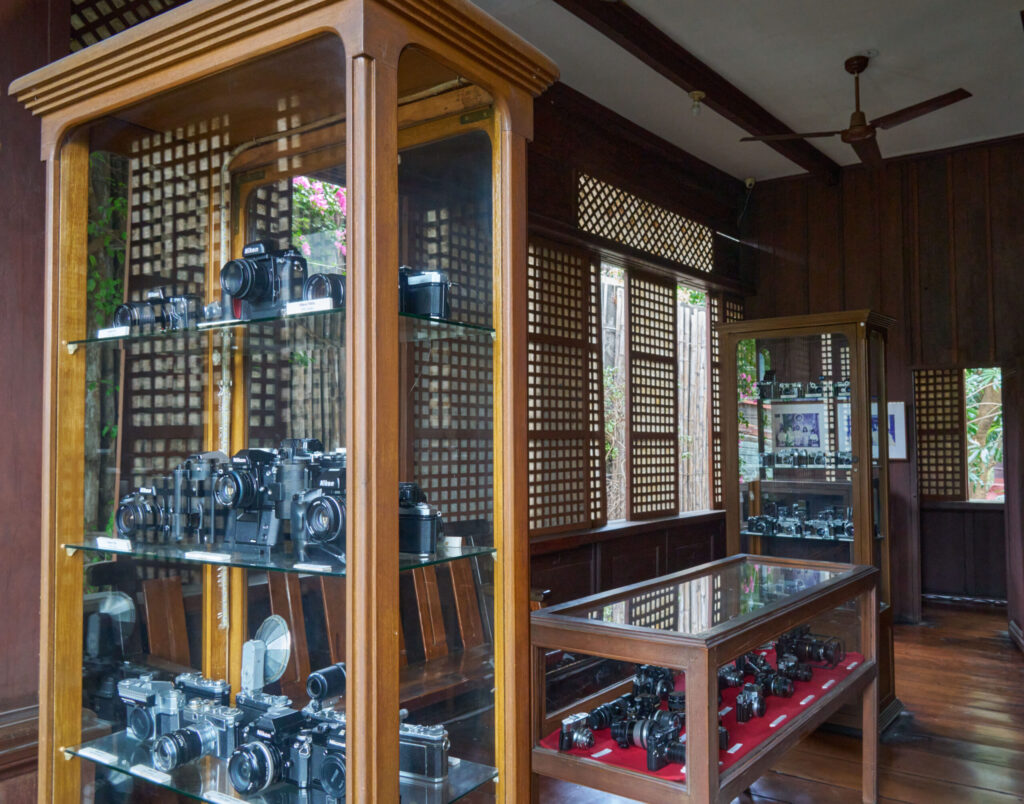
Notable Cameras
The moment I entered the museum proper, I am greeted by a unfamiliar, yet familiar contraption in the center of the first room. Named the “Century studio camera”, it is a large professional studio camera manufactured by Century Camera Co. in Rochester, New York, USA way back then in the early 1900s. Mainly used by professional photographers in studios for portraiture, it uses 8″x10″ and 5″x7″ film plates and holders.
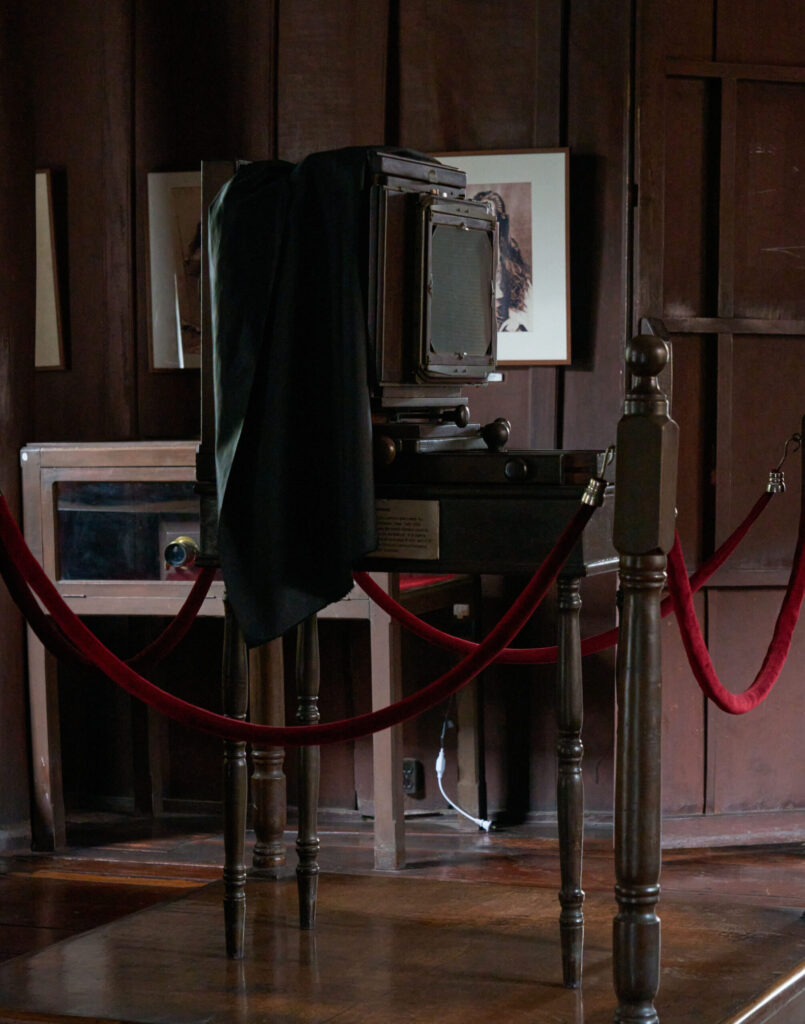
Encased in one display, two particular cameras captured my attention. These cameras are one would say collector cameras as they are manufactured with something special that makes them so valuable.
One of the crown jewels of the museum, the Nikon FA Gold captures the eyes of countless museum goers even if the camera itself has never captured a single photograph. Plated in 24 carat gold, covered in lizard skin, matched by a similarly gold plated lens, and encased in a nice wooden box, the FA Gold is sought after by avid camera collectors worldwide due to its elegance and its rarity as only 2000 pieces were made.
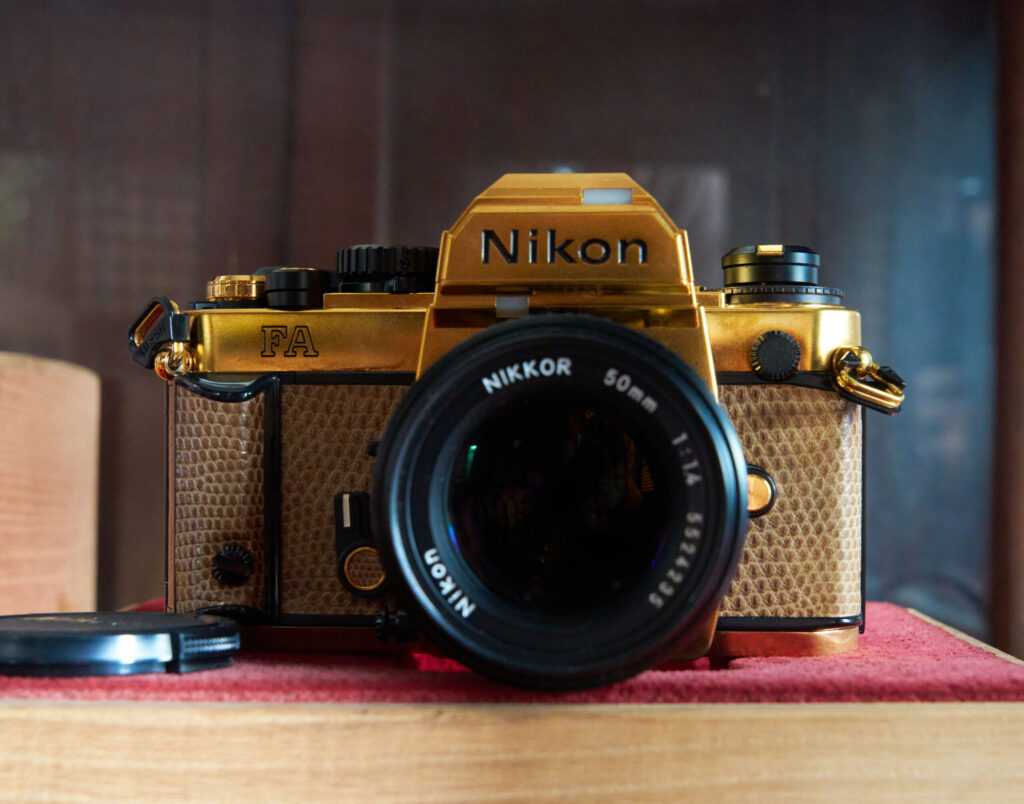
Another camera that Nikon only made 2000 pieces of, the Nikon FM2 “Dragon Kit” is another jewel in the Galleria’s crown. Made to commemorate the dawn of the new Millennium, the limited edition “FM2 Year of the Dragon” is delivered in a gold box adorned with red velvet lining with a specially marked white outer box.
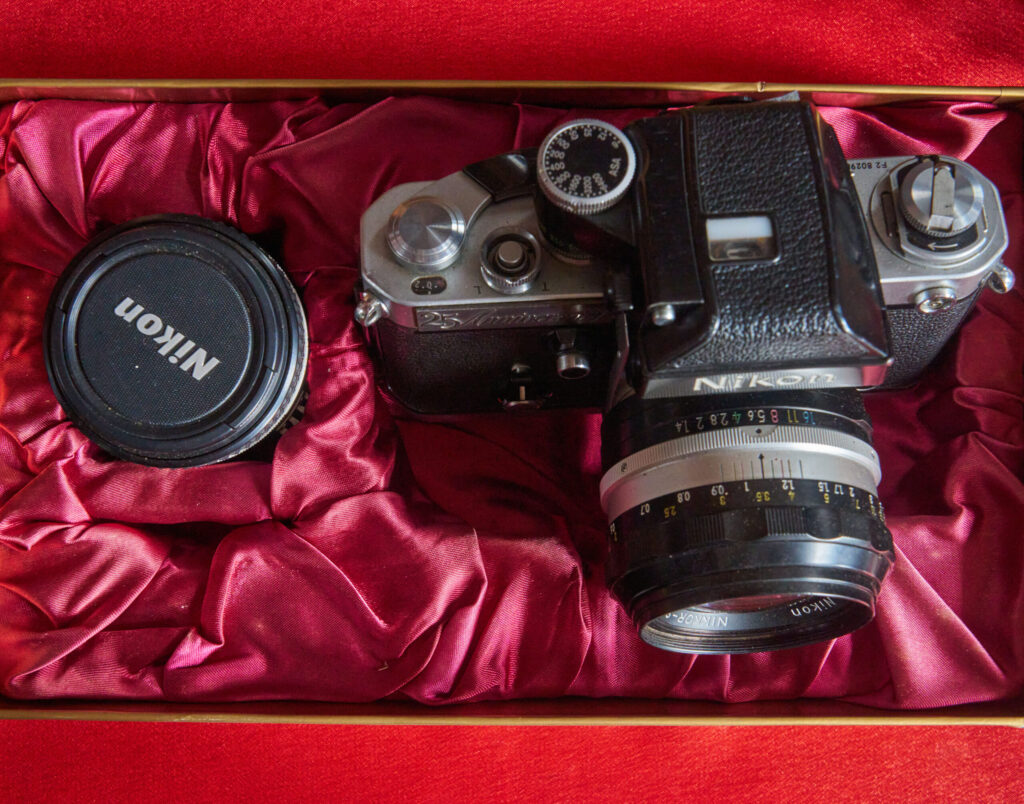
Arguably the most valuable camera in the whole museum, The Leica 1A is not just a camera but rather a timeless artifact in the history of photography. Manufactured in the Leitz factory in the 1920s, the Leitz Camera, abbreviated as Leica, was the first practical 35mm camera which used the standard cinema 35mm film format. This particular model, the Leica 1A, was manufactured in 1926 and is regarded to be one of the first few thousand Leica cameras ever manufactured in the world.
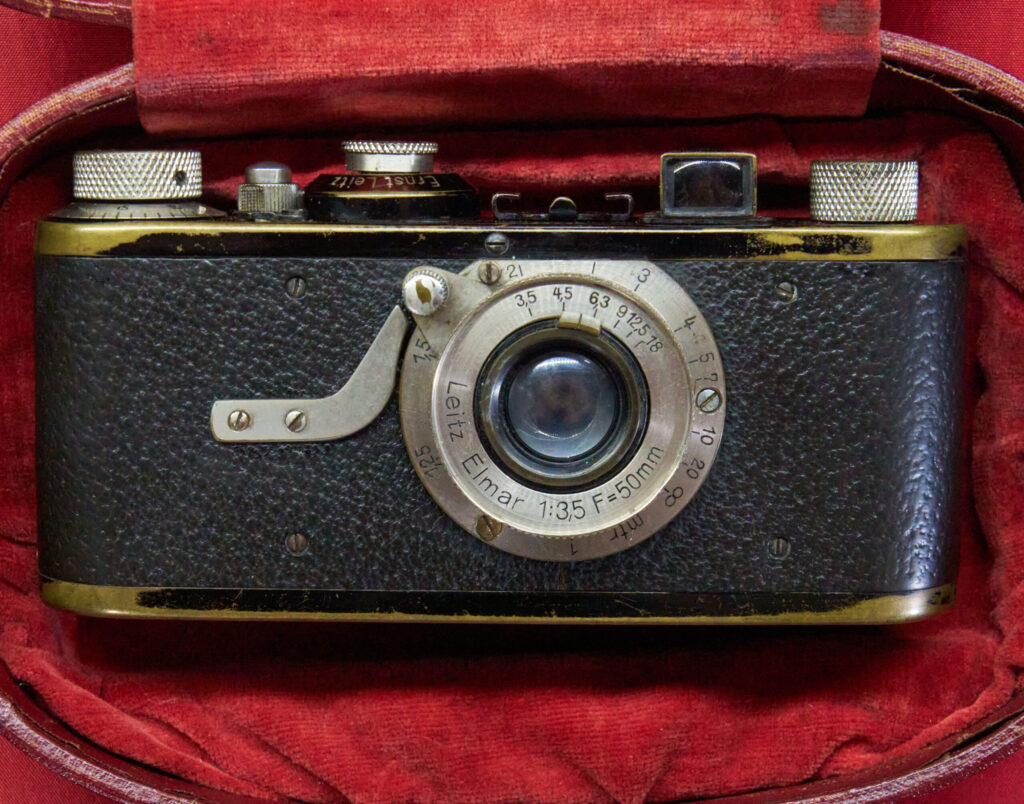
Not Just a Camera Museum
The camera museum that is “Galleria Taal” wouldn’t be complete without the photographs that adorn the walls and displays of the camera haven.
When I first saw the Daguerreotype in one of the displays, I remember the History of Photography lectures of my Professor, Sir Francis. The daguerreotypes were given a lot of emphasis during the first few weeks of the subject because Like the Leica camera I talked about previously, these daguerreotypes aren’t just photographs of a bygone era but rather an artifact of what was possible only through photography. The daguerreotype process was the first publicly available photographic process and to see its results in the flesh is nothing short of an experience.

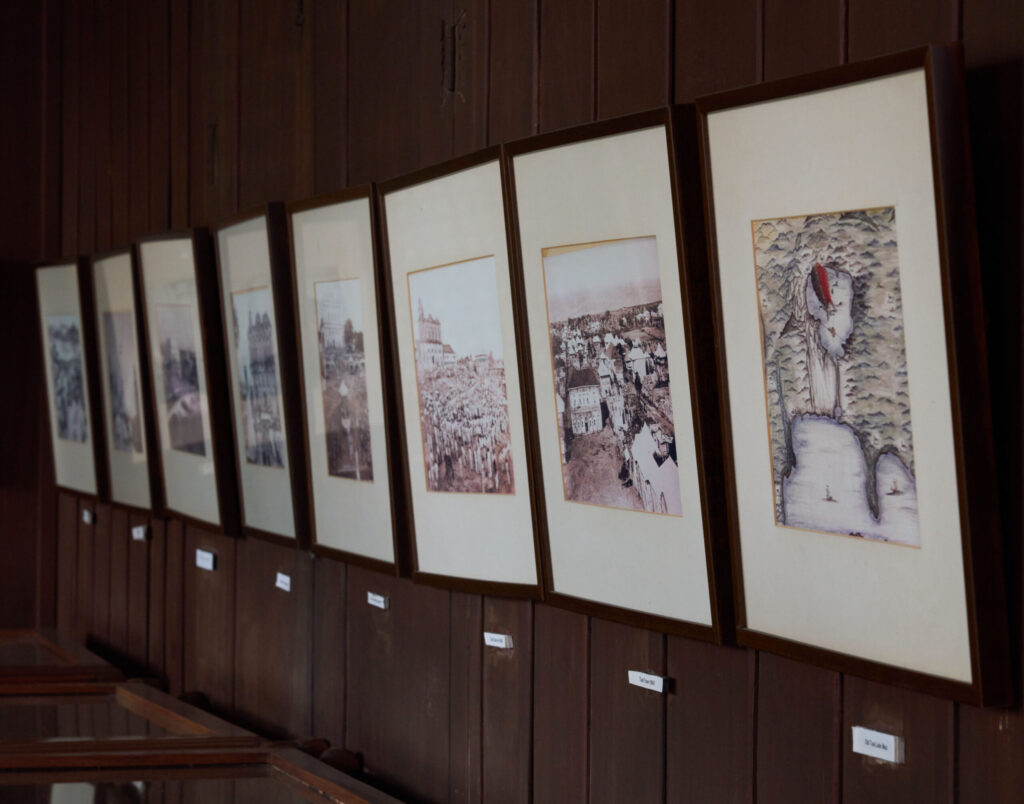
On a table in the middle of one of the museum rooms, there are two devices which let you view pictures in an unconventional way. The first one, a small binocular-like device and a bunch of plates sit on the table. Apparently, in the mid to late 20th century, three dimensional viewing of photographs was a popular trend. Bob’s Manila, a photography studio in the Philippines, were creating plates and oculars that enabled the viewer to view the photo in a way that was not in the current conventions. Two photographs mirroring each other put into the binocular-like viewing device created this effect where the people in the photograph popped out of the background. The Galleria had dozens of plates depicting a couple’s wedding and viewing through them was a fun gimmick that definitely did not lose its novelty whatsoever.
The museum holds no shortage of photographs from bygone eras which will peak the interest of museum-goers like it did mine. Pictures of famous figures such as Presidents and their families, buildings and structures from the olden days, and other people and moments lost to the passage of time, immortalized by the art of photography.

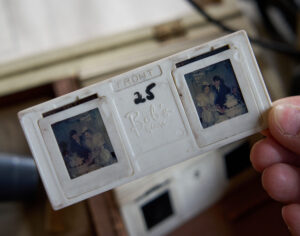
Beside the 3D viewer and its plates sit another, larger 3D viewer. Akin to a microscope, this viewer was much larger and, unlike the previous device which had colored pictures to view, only had black and white pictures. However, the pictures in this viewer are as interesting as the rest of the museum depicting life prior to the Japanese occupation during World War 2.
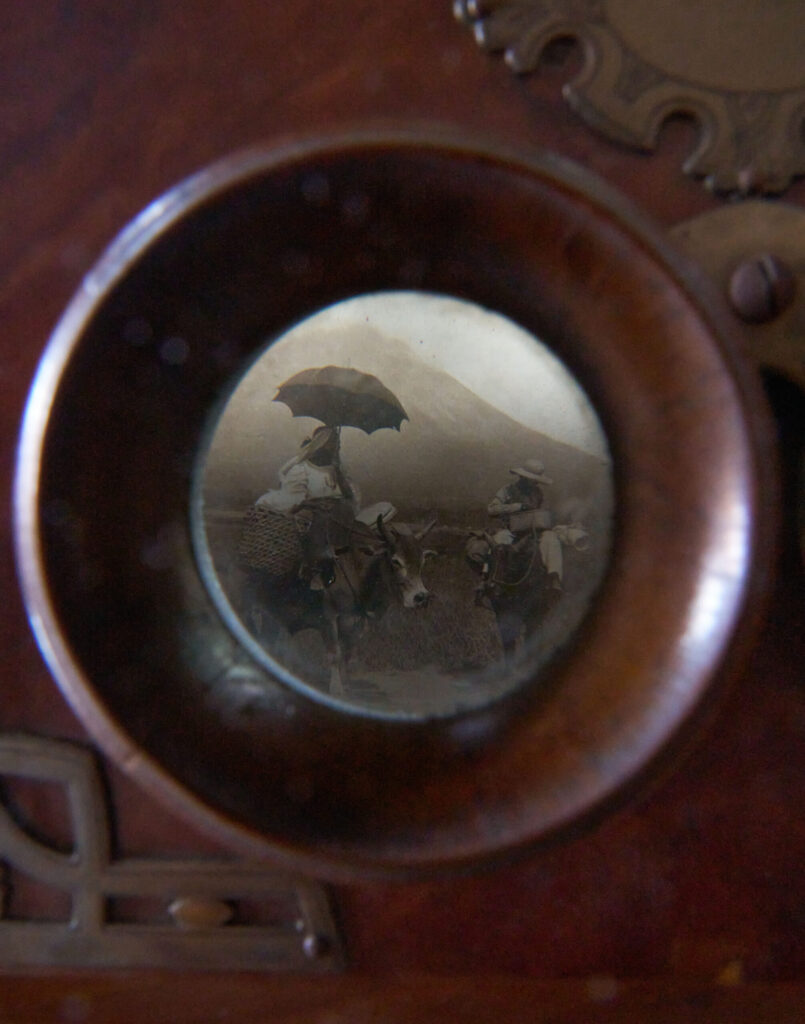
This particular photograph of a picture through the 3D viewer is one of the few pictures that I would say perfectly encapsulates my romp through the Galleria Taal. This museum is a window to the past, a chapter from a history book. It is a way for photographers like me to appreciate the devices that create the very photographs we adore taking. It’s a camera museum that will catch your attention the same way it captured mine.